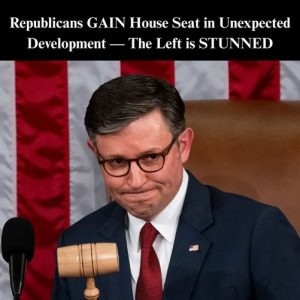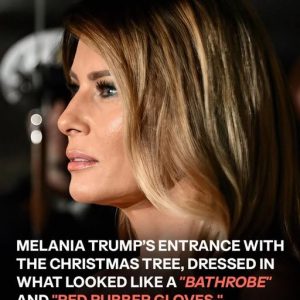In recent days, the United States experienced widespread speculation over potential economic news from former President Donald Trump. Rumors proliferated on social media, news programs, and in political discussions that Trump was preparing a major announcement with significant consequences for American households. The nature of the rumored announcement remained vague, with hints that it could involve direct payments or financial relief funded by tariff revenues. This anticipation created a charged atmosphere of excitement and anxiety, as Americans debated what form the announcement might take, who would benefit, and whether it would have broader economic implications. The buildup illustrated how social media and political commentary can amplify uncertainty and create a sense of collective suspense.
The speculation culminated on a Sunday morning when Trump confirmed the rumors via his preferred platform, Truth Social. He announced a $2,000 “tariff dividend” to be paid to every American, claiming the payments would be funded entirely by revenue generated from tariffs imposed during his administration. Framing the announcement as a moral obligation rather than a simple policy choice, Trump suggested the American people were entitled to a share of the tariff income, arguing that the revenue should benefit citizens directly rather than remain in federal coffers. This announcement positioned Trump as a defender of ordinary Americans, reinforcing his political narrative that he stands apart from an elite political and economic establishment.
Trump emphasized that increased tariff revenue, particularly from imports from countries like China, had produced a surplus sufficient to justify direct payments to households. He described the $2,000 figure as both practical and fair, portraying the “tariff dividend” as a redistribution of national revenue back to the people who drive the economy. In his messaging, the payments were not merely financial transactions but symbolic endorsements of his economic philosophy, which asserts that protective trade policies can simultaneously strengthen domestic prosperity and fund benefits for American citizens. By framing the dividend this way, Trump sought to demonstrate that tariffs could create tangible domestic advantages rather than merely imposing costs on foreign nations.
The announcement generated immediate and polarized reactions. Supporters celebrated it as evidence of Trump’s commitment to working-class Americans, framing the dividend as tangible proof that his trade policies delivered real benefits. Social media platforms were flooded with praise, emphasizing the novelty of a political leader directly redistributing tariff revenue to households. For many supporters, the payment was seen as both a political victory and a personal financial boost, potentially alleviating pressures related to inflation, debt, or day-to-day expenses. Within these circles, the dividend reinforced Trump’s narrative as a champion of the American people and bolstered enthusiasm among his base.
Critics, however, questioned the feasibility, legality, and economic basis of the “tariff dividend.” Economists highlighted that tariffs are generally paid by domestic importers, not foreign governments, casting doubt on whether the revenue could realistically fund payments to every American. Policy analysts warned that the term “tariff dividend” could be misleading, and some argued that the announcement was primarily a political maneuver designed to energize supporters rather than a practical economic policy. Concerns were raised about transparency, implementation logistics, and the broader implications for trade policy and federal budgets. These criticisms contributed to confusion and debate over whether the proposed payments could or should be implemented.
As the conversation continued, Americans grappled with uncertainties about the plan, including eligibility, timing, and potential broader effects on taxes and trade relations. While the specifics of implementation remained unclear, Trump’s announcement achieved its primary goal: capturing public attention and reshaping political discourse. It sparked widespread discussion on tariffs, economic fairness, and presidential authority, highlighting the complex interplay between symbolic political gestures and practical policy considerations. Whether the “tariff dividend” becomes a concrete policy or remains a contested proposal, its announcement underscored Trump’s ability to influence national debate, engage supporters, and provoke scrutiny across ideological lines.




